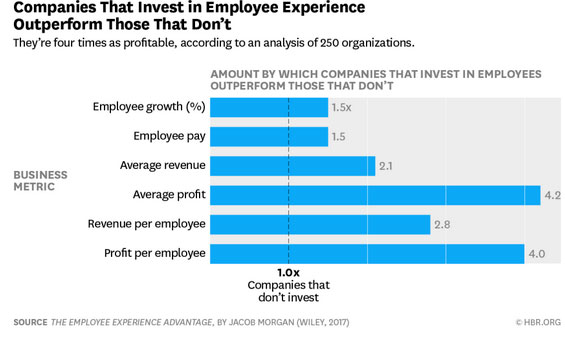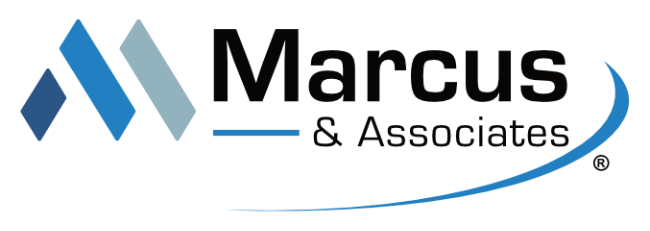 Companies spend millions of dollars on employee engagement programs and often wonder if it is really worth it. It’s a good question to ask considering that same money could be used for bonuses or other employee rewards. Another question is, how many programs should a company offer and how often?
Companies spend millions of dollars on employee engagement programs and often wonder if it is really worth it. It’s a good question to ask considering that same money could be used for bonuses or other employee rewards. Another question is, how many programs should a company offer and how often?
There is no exact science when it comes to offering employee engagement programs as to the quantity and frequency to ensure success. What we “do know” is that once your company commits to rolling out a program or series, it is important to continuously reinforce and check in on the results based on the results/objectives you have set. Consistency is key to ensure that employees understand the genuine commitment that you are making to their professional and personal well-being. In short, the goal should be to create an improved employee experience that becomes a part of the culture and not just a trend that comes and goes.
We have found that companies who invest in employee experience outperform those that do not offer these benefits. They’re four times as profitable, according to analysis of 250 organizations (see chart right) in terms of: employee growth, average revenue, average profit, revenue per employee and profit per employee.
Furthermore, companies that invest in their employees’ experience enjoy higher average stock prices (see second chart below). Again, how much to spend, how often and how many programs to implement is something that your organization will need to experiment with. A frequency of once per quarter, according to our research, is a good place to start and might be ideal for both the costs and the time needed to plan and promote. Follow up or refresher sessions are key in terms of measuring the actual ROI for your curriculum.
 Based on the research evidence we have included in this article and our understanding of which companies have the most engaged and ‘happy’ employees, we highly recommend any life science organization (large or small) should enhance or start a formal employee experience program. It’s possible your current HR team could manage it, though if your organization is large, it will most likely require designating (or hiring) one person who will be dedicated to overseeing the process. Most importantly, make sure to create a comprehensive strategy for obtaining transparent feedback from your employees so that you can measure the success of your curriculum and continuously improve your program(s).
Based on the research evidence we have included in this article and our understanding of which companies have the most engaged and ‘happy’ employees, we highly recommend any life science organization (large or small) should enhance or start a formal employee experience program. It’s possible your current HR team could manage it, though if your organization is large, it will most likely require designating (or hiring) one person who will be dedicated to overseeing the process. Most importantly, make sure to create a comprehensive strategy for obtaining transparent feedback from your employees so that you can measure the success of your curriculum and continuously improve your program(s).
Every program/event does not have to cost thousands of dollars. Simply planning a day of volunteering at a local school or hospital for instance can really pay dividends with employees (and your community). Focus on how people experience your organization day to day and any events that are planned just become a part of that overall experience. Look at your workspace from the parking lot to the bathroom and find out what things can be improved from the smallest to the largest. Simply letting everyone leave a half an hour early on Friday can make a big difference. Clearly, more involved formal training, outings, retreats and creative benefits like free gym memberships or a relaxed vacation policy can go a long way in enhancing employee satisfaction, so budgeting will certainly come into play.
You want to foster a feeling of purpose and belonging within your company and community. When employees feel like they are an important part of something and not just a number, your company will reap the benefits in more ways than one.






